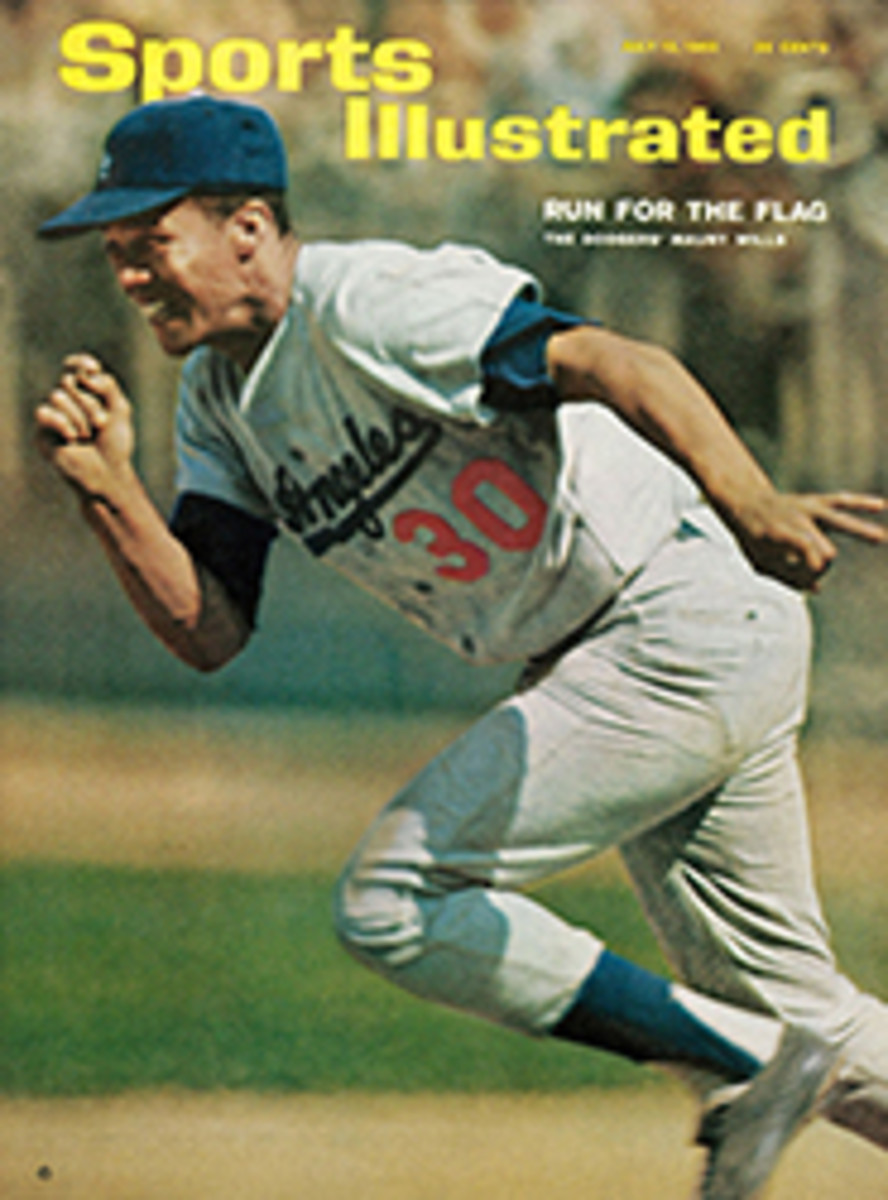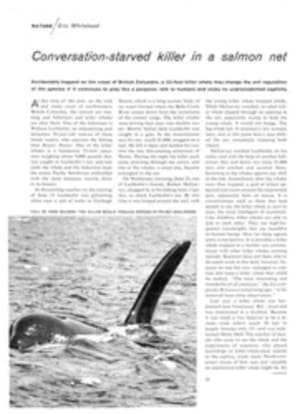
LETTER FROM THE PUBLISHER
Mary Hemingway, whose story, To Parajiso With Papa and 'Pilar,' begins on page 62 of this issue, spent the summers during her girlhood on a 150-foot sternwheeler—the Northland—on a wilderness lake in Minnesota. Her father operated four logging camps near Leech Lake, and he used the Northland to tow his log rafts to the mill and, incidentally, as vacation quarters. Since Leech Lake has a 640-mile shoreline and since the Northland was as spacious and comfortable as a Mississippi riverboat, Mary became accustomed in early childhood to exceptional outdoor experiences. It was a conditioning that turned out to be extremely valuable later on when she became famous as Mrs. Ernest Hemingway, companion of African hunting trips and hostess in the glamorous and celebrity-studded life they enjoyed on their estate near Havana.
Mary still has an untroubled air of being at home in exotic and unfamiliar surroundings, as readers will learn in her engaging account of the hideout and fishing harbor the Hemingways found at Parajiso. Hemingway came to depend on her as a personal literary critic unaffected by their surroundings. "She reads what I have written every day," he wrote to me when The Old Man and the Sea was being published, "but we do not talk about it. If it has moved her she shows me goose pimples on her arms. She can't simulate goose pimples, and if it gives them to her I know I am going all right."
Mary became so famous as Hemingway's wife, literary assistant and fellow hunter that it was forgotten that she, too, had once been considered a promising writer. Mary developed literary ambitions when she was eight years old. As an only child she was often allowed to have dinner with the grown-ups and she found the editor of the Bemidji Pioneer so much more interesting than the rest that she decided to take up writing as her own profession.
She went to Northwestern, then joined the staff of the Chicago Daily News, writing features and society items. On a vacation trip to Europe in 1936 she became convinced that war was imminent, and when the News insisted that she confine her journalistic talents to the society page she wangled a job on Lord Beaverbrook's Daily Express. Her first assignment was a story on Amelia Earhart's disappearance. She married (and later divorced) an Australian correspondent, Noel Monks, from Tasmania. After Dunkirk she went to work as a war correspondent for TIME. She was beginning to gain an international reputation in her own right when she married Hemingway.
Today she lives in a cool and trim penthouse on Manhattan's upper East Side, troubled only by a fear that her personal commentary to a record now being prepared of Hemingway reading some of his works may be superfluous. She seems entirely untroubled, however, about her own plans. She has just bought a Mercury convertible with natural leather upholstery and bucket seats and is heading back to Bemidji, Leech Lake and her native region with the excitement of a writer who has discovered for the first time how much she has to write about from her own experience.
PHOTO
MARY HEMINGWAY

